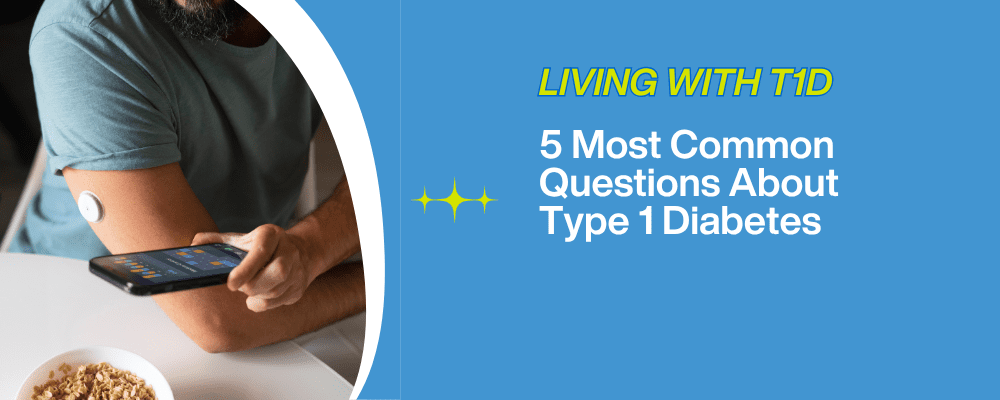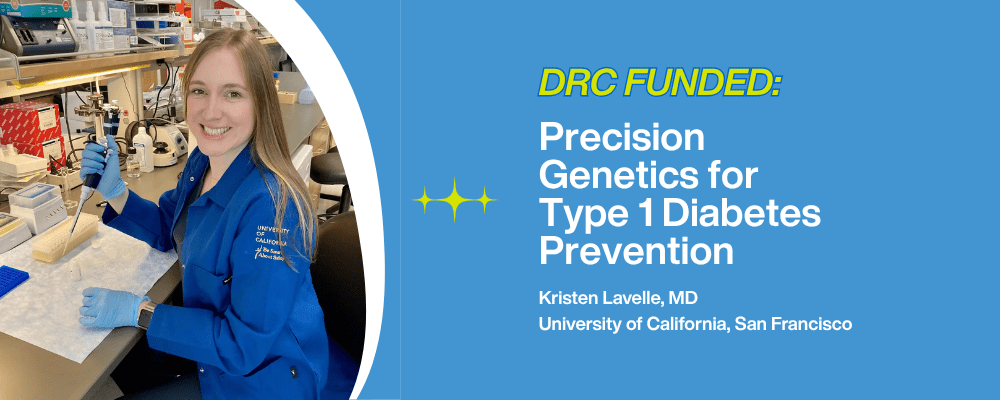In the 15 months since Brian Lybeck’s type 1 diabetes’ diagnosis, the seventh grader and his family have worked with four different diabetes educators at Connecticut Children’s Medical Center. Like their counterparts at other diabetes practices, the educators left for other jobs.
Jonathan Chappell, 38, developed the chronic disease, formerly called juvenile diabetes, at the age of 23. When the Wallingford resident sought to switch endocrinologists a decade ago, several practices were too full to take new type 1 diabetics unless they had aged out of pediatric care. Yale-New Haven Hospital’s Diabetes Center would take him, he said, but the office had such a backlog, he had to wait six months to see an endocrinologist.

Nationally, there’s a shortage of about 1,500 adult and 100 pediatric full-time equivalent endocrinologists, the Journal of Clinical Endocrinology & Metabolism reported in June. Several factors contribute to a national imbalance between the supply of doctors and the patients who need them: With medical advances in the treatment of type 1 diabetes, adults are living longer with the disease; the prevalence of type 1 diabetes in children has increased 21 percent in eight years; and as endocrinologists retire and leave clinical care, the number of new endocrinologists has remained static.
While some states with large rural swaths have starker shortages, Connecticut’s shortage is expected to grow as demand for endocrinologists outstrips supply. In Connecticut, nearly 7 percent of the adult population, about 186,000 people, has diabetes, according to the state Department of Public Health. Some 5 to 10 percent of those people, or 9,300 to 18,600, has type 1 diabetes.
The Connecticut shortage is most pressing among endocrinologists who treat adults. There is also a shortage of APRNs and diabetes educators who work with adults, teens and children.
Type 1 diabetes can strike at any age, and when it does, the person’s pancreas stops producing insulin, the hormone needed to turn food (also called sugar or glucose) into energy. Those with type 1 diabetes (T1D) need insulin, either through a shot or an insulin pump, with every meal and snack. Several factors affect blood glucose levels — including hormones, growth, stress, exercise, diet, illness and medications — so keeping levels in a healthy range is a daily, lifelong challenge.
To be effective, the medical team that cares for type 1 diabetics has to be knowledgeable, empathetic, patient and diplomatic. Not only are patients seen quarterly, but they often need to check in with a nurse, diabetes educator or endocrinologist between appointments.
“Diabetes educators, RNs, RDs, APRNs, they’re the blood and guts of a practice. Where we get a lot of turnover is in these critical team members,” says Karen Rubin, MD, chief, diabetes & endocrinology, Connecticut Children’s Medical Center. “They’re the ones who do a lot of the day-to-day management.”
While genetics and lifestyle factors cause type 2 diabetes, only 15 percent of people with type 1 have a family history. Scientists believe that environmental triggers play a role and the onset of type 1 is not caused by diet or lifestyle. Also, there is no known prevention or cure.
Demand Outstrips Supply
“Everybody’s booked out,” says Torrington-based endocrinologist Egils Bogdanovics, who expanded his clinical time from 8 to 10 hours a day to accommodate the demand.
Endocrinologists treat patients with metabolic diseases that are increasingly common, especially type 2 diabetes, osteoporosis and thyroid disease, said Sylvio Inzucchi, MD, medical director of the Yale Diabetes Center. “It’s difficult to get an appointment with an endocrinologist without having to wait, two, three or four months,” Inzucci said. “We can’t keep up with the demand.”
Rubin, at Connecticut Children’s, said the on-the-job training requirement feeds the dearth of diabetes educators. Colleges don’t offer diabetes educator courses, so nurses and registered dieticians learn on the job, logging at least 1,000 hours of patient care before they’re permitted to take the exam to become a certified diabetes educator (CDE).
“We get them; we train them. It could take a year or two to get them up to speed,” Rubin says. “They’re such critical members of the team; they’re implementing the demanding care. … It’s so emotionally heart wrenching working with these kids and families, trying to keep these kids safe.”
Scary Days
Brian Lybeck’s diagnosis of type 1 diabetes began with three days in Connecticut Children’s Intensive Care Unit because of diabetic ketoacidosis, a life-threatening condition caused by his body using fat for fuel, releasing acids that made him sick in the process. His mother Susan Lybeck said Brian, now 13, is doing well using a monitor to keep him apprised of his blood glucose and a pump he programs to deliver insulin.
“I think the level of care is phenomenal,” the Avon resident said. “I’m very happy with everyone I’ve worked with.”
Between seeing patients, responding to a stream of calls and emails, lobbying insurance companies on behalf of patients and completing paperwork, nurses and diabetes educators can get burned out. Some leave because they’re lured away by better hours and higher pay working for pump or pharmaceutical companies, Rubin said, while others leave to raise their families.
Complicated Disease
Without proper disease management, a diabetic faces a host of long-term health complications and risks death if blood sugars go too low or too high. The American Diabetes Association recommends that even people like Trudi White, who has had diabetes for 51 of her 55 years, meet face-to-face with their diabetes healthcare team every three months. In Connecticut, most endocrinology practices have a team approach to care, with at least an endocrinologist, an APRN and a diabetes educator.
When White’s endocrinologist left the state, it took the Glastonbury woman a year to find an endocrinologist who fulfilled her preference for someone knowledgeable about therapy advances who would also see patients himself at each quarterly visit.
“I find that the difficulty in finding a doctor who you can sit down with and meet with is overwhelming in this area,” she says. She meets in a group of 15 people who wear insulin pumps, 12 of whom never see their endocrinologist; they see other team members instead. “Diabetes doesn’t fit the same way on each person and that’s why the care of medical professionals is so important.”
With the complicated nature of the disease, endocrinologists and APRNs must spend more time on these cases than with other patients.
Several endocrinologists say their practices couldn’t break even if they only saw T1D patients, so their other patients help supplement the practice. While practices can bill insurance for a doctor and an APRN visit, the paperwork involved in billing for a registered dietician’s time costs the practice more than the reimbursement rate, said Dr. Cem Demirci, director, type 1 diabetes program at Connecticut Children’s. And several practices’ staff said they don’t get reimbursed for diabetes educators’ or social workers’ time.
Connecticut Children’s, which, along with Yale Pediatric Specialty Center, sees the vast majority of the state’s children and teenagers with type 1 diabetes, has one social worker for about 1,000 patients. The social worker works full time but is paid a part-time salary, Demirci said. The practice is trying to add a part-time psychologist to help address the psychological challenges families face coping with a complex disease, he added.
“Every family struggles with the condition, even if they’re not struggling financially,” he said. “One person for a practice of 1,000 Type 1 Diabetics is clearly not enough.”
At some point in their lives, 50 percent of T1D patients face depression, said Jean Kostak, a registered dietician, CDE, and program coordinator with UCONN Health.
“There are a lot of people who need to be connected with mental health services,” she said.
Some doctors become endocrinologists because working with such a complex disease allows them to get to know their patients.
Endocrinologist Elizabeth Fasy, with Hartford Health Care Medical Group, herself a type 1 diabetic, says she works “part time” because she has a young family, but that means 25 to 30 hours a week seeing patients and 30 hours per week returning their calls, emails and doing paperwork.
“Part of that may be because I tend to want to call patients myself. I take advantage of doing that on my days off,” she said. “When you’re a diabetic, you’re your own doctor, and I have to be there to support people.”
Theresa Sullivan Barger is a freelance writer and mother of a son who has type 1 diabetes and is a patient at Connecticut Children’s.





